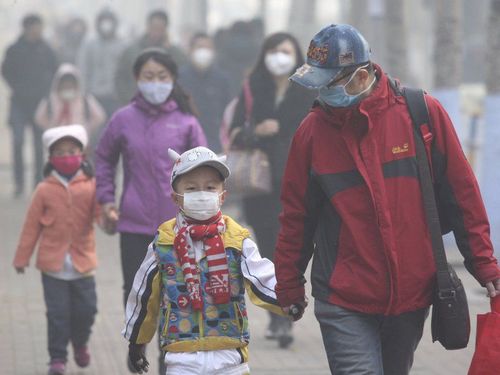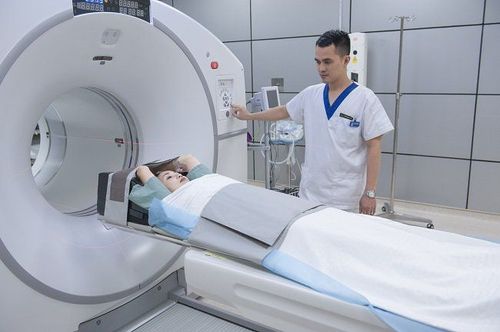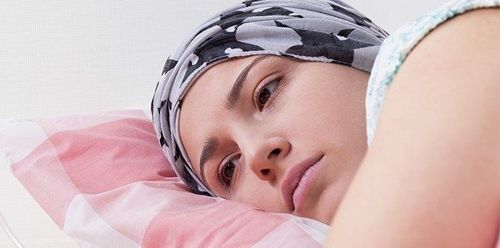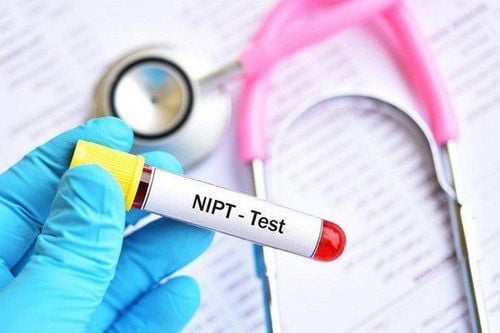This is an automatically translated article.
Risk is often used to describe how likely a person is to get cancer. It is also used to refer to the possibility that the cancer may return or recur. Researchers and doctors study cancer risk to improve people's health.1. Risk factors for cancer
A cancer risk factor is anything that increases a person's chance of getting cancer. However, most risk factors do not directly cause cancer. Some people have several risk factors but never develop cancer.It is important to know your risk factors and mention it to your doctor. That will help you make better lifestyle choices to improve your health. This information also helps your doctor decide if you need genetic testing and counseling.
General risk factors for cancer include:
Age History of cancer or a family member with cancer Tobacco use Obesity Alcohol Certain types of viral infections, such as: human papillomavirus (HPV) Certain chemicals Exposure to radiation, including ultraviolet light from the sun You can avoid some risk factors by preventing behaviors that increase risk. These include tobacco and alcohol use, being overweight, obese, and repeated sunburns. Other risk factors cannot be avoided such as age.

2. Risk factors and cancer screening
Cancer risk can be detected when you have:Cancer screening tests, such as mammograms or colonoscopy. Screening tests and more often than routine screening Surgery or medication to reduce the risk of cancer For example a woman whose mother had breast cancer is twice as likely to develop breast cancer as a woman had no close relatives with breast cancer. Some women have a family history or genetic mutation that has been linked to breast cancer. Because they have a very high risk of cancer, they may choose to have their breasts removed to prevent cancer. Performing surgery reduces the risk of breast cancer by at least 95%. In addition, these women may choose to take medication to reduce their risk of breast cancer.
People with a close family member with cancer can have genetic testing . Your doctor or genetic counselor will advise you when you receive certain genetic test results. They can tell you your risk of cancer based on your family history and other risk factors.
The implementation of testing and screening methods helps patients to detect cancer early, especially in the pre-cancerous stage. At this stage, it is possible to intervene in time to prevent progression to cancer.
Trắc nghiệm: Thử hiểu biết của bạn về bệnh ung thư
Ung thư là nguyên nhân gây tử vong hàng thứ 2 trên thế giới. Thử sức cùng bài trắc nghiệm sau đây sẽ giúp bạn có thêm kiến thức về yếu tố nguy cơ cũng như cách phòng ngừa bệnh ung thư.
Bài dịch từ: webmd.com
3. Difference in absolute and relative risk
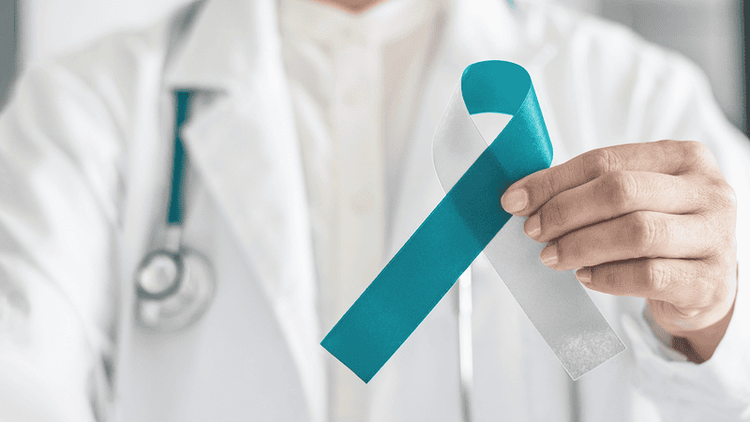
Absolute risk : is the rate that a person will get the disease in a given time. This determines how many people are at risk in the total population. For example, 1 out of 8 women (12.5%) will develop breast cancer. It cannot identify risk to a certain audience or group of people.
Relative risk: compare the risk of disease between two groups of subjects. Compare one group with a given risk factor to another group's risk. For example, compare the risk of breast cancer between 2 groups of 100 women. But only certain people are at risk. Other women do not have this risk factor. The researchers tracked how many people from each group had cancer during the given time period. There were 2 subjects at risk of cancer, but only one subject without this risk factor developed cancer. Subjects in the first group were twice as likely to develop the disease as in the second group. This is a 100% increase in relative risk. The absolute risk would be 2% or 2 in 100 people.
Patients can use risk factors to make appropriate choices to change their lifestyle or undergo cancer screening. It is necessary to determine what is relative risk and what is absolute risk. Relative risk sounds like a high probability, but looking at absolute risk gives a more complete picture. Most reports provide projections of relative hazards. Currently, Vinmec International General Hospital has Cancer Screening packages, which help screen and screen common cancers, detect diseases promptly even when there are no symptoms. Some types of cancer that can be screened at Vinmec include: Breast Cancer Screening, Gynecological Cancer, Colon Cancer, Prostate Cancer, Stomach Cancer, Gastrointestinal Cancer, Liver Cancer , Head and neck cancer, lung cancer...
In addition, at Vinmec, there is a Package of General Cancer Early Detection (Intensive) - Female and a Package of General Cancer Early Detection (Intensive) - Male is for customers over 40 years old, have a need for periodic cancer screening and have a high risk of cancer.
To register for cancer screening at Vinmec International General Hospital, you can contact Vinmec Health System nationwide, or register online HERE
Reference source: Cancer.net
SEE MORE:
Genetic testing to assess cancer risk Foods to reduce cancer risk Genetic mutations BRCA & Risk of breast and ovarian cancer




